Overview
Nestled in the Vindhya Ranges across the districts of Chhatarpur and Panna, Panna National Park has the distinction of being India’s 22nd Tiger Reserve, and fifth in the state of Madhya Pradesh. Founded in 1981, the national park was recognized as a Project Tiger Reserve in 1994 by the Government of India.
Historically, the present day national park includes areas of the former Gangau Wildlife Sanctuary and the protected forests of Chhatarpur. The forests used to serve as hunting grounds for the rulers of neighbouring princely states, namely, Bijawar, Panna and Chhatarpur.
The Ken River (a tributary of the Yamuna River) flows through the extensive reserve. Counted amongst the least polluted rivers in the country, the Ken River is home to aquatic fauna and acts as the lifeline of the National Park. Visitors are treated to scenic panoramic views following the river. The Panna National Park’s terrain is marked by vast plateaus and gorges. Panna’s bench topography can be broadly classified into three different tablelands, namely, the upper Talgaon Plateau, the middle Hinata plateau and the Ken valley.
In 2007, the Panna National Park was conferred with the Award of Excellence as the best maintained National Park of the country by the Ministry of Tourism of India. In 2011, the tiger reserve was designated as a Biosphere Reserve as well.
Park Overview at a Glance
- Establishment Year: 1981
- Located in: Panna, Khajuraho
- Total Park Area: 1645.08 sq. km.
- Total Tiger Reserve Area: 542.66 sq. km.
- Best Visiting Time/Month: December to March
Flora & Fauna of Panna National Park
The Panna National Park is home to a wide variety of flora as well as fauna, and is renowned for its Royal Bengal Tiger. The flora in the park comprises tall grasses, shrubs and thorny woodlands, owing to its dry deciduous weather. It’s home to various kinds of trees like Achar, Tendu, Seja, Mahua, Salai, Saja, Bel, and many more.
The National Park is home to a variety of rich fauna, including wild animals such as jungle cat, tiger, wild dog, hyena, sambar, blue bull, sloth bear, spotted deer, chinkara, four-horned antelope, chinkara, hare, rusty spotted cat, porcupine and ratel. Long snouted crocodile and the marsh crocodile can be found in the Ken River. The park is a major point of interest for bird watchers due to its vivid avifauna, and is frequented by more than 200 species of migratory birds.

 +91- 9212777225
+91- 9212777225
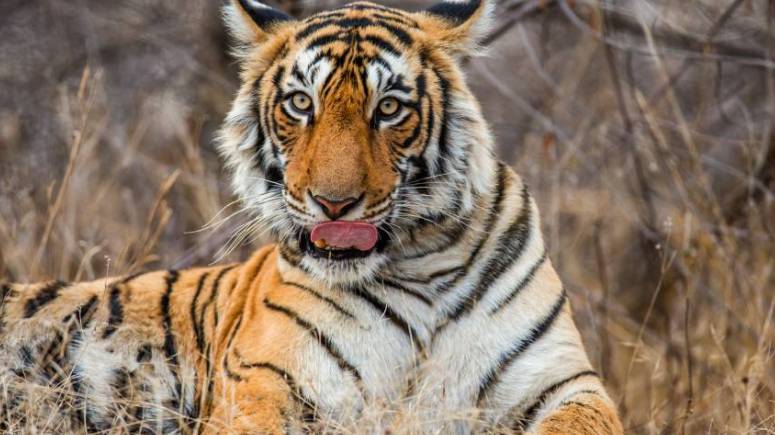
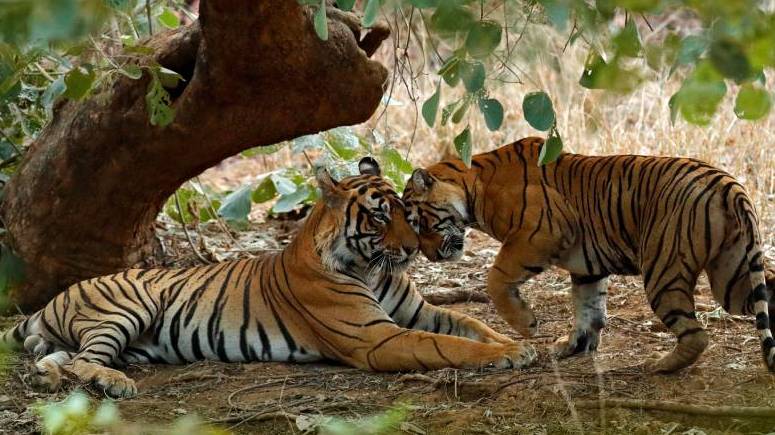
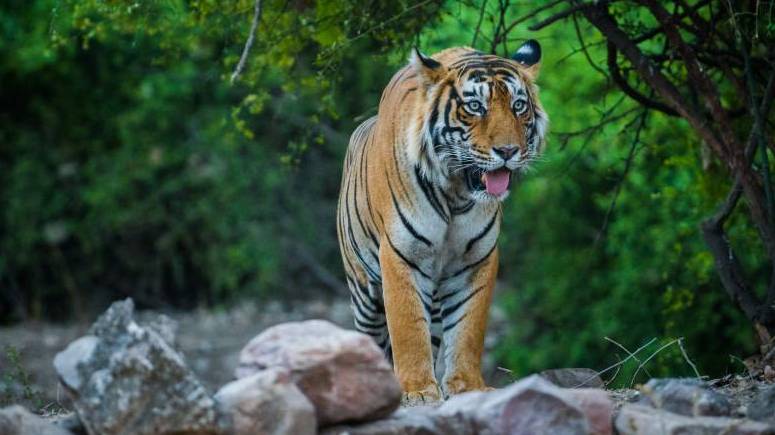
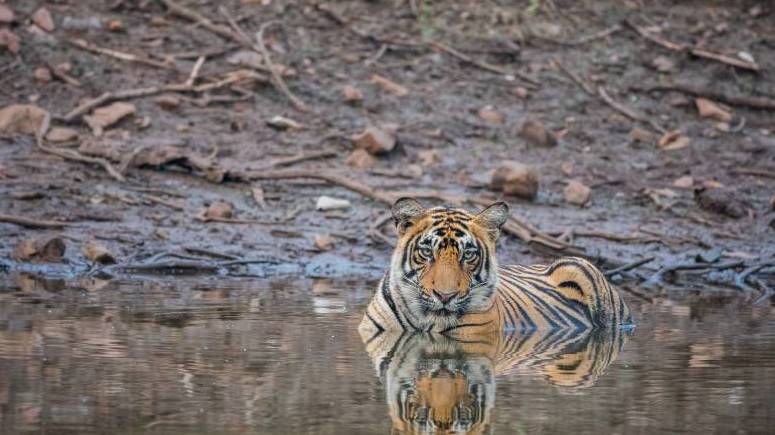
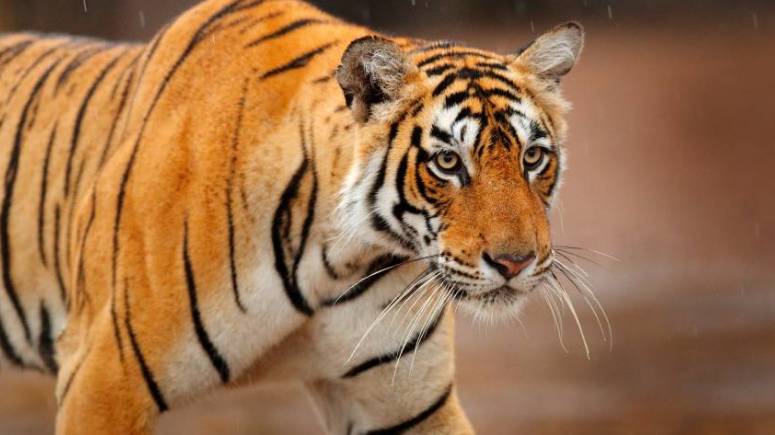

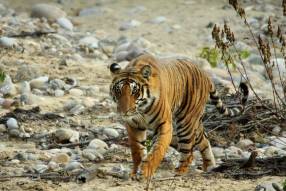
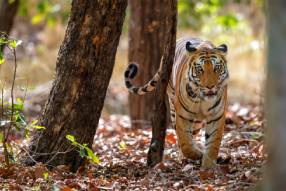
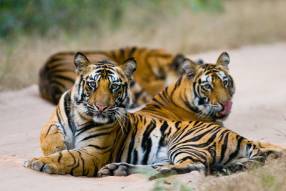
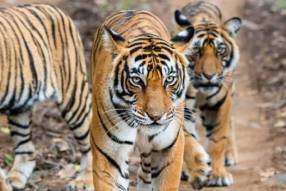
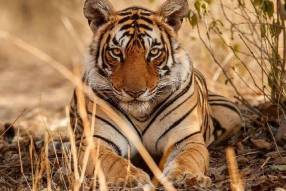
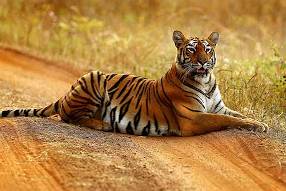
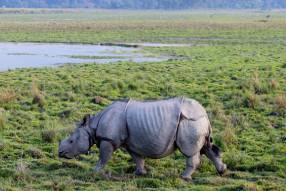
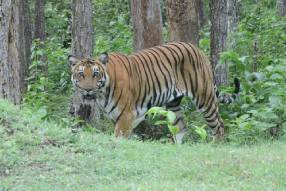
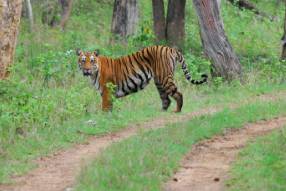
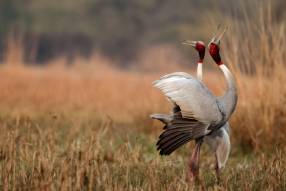

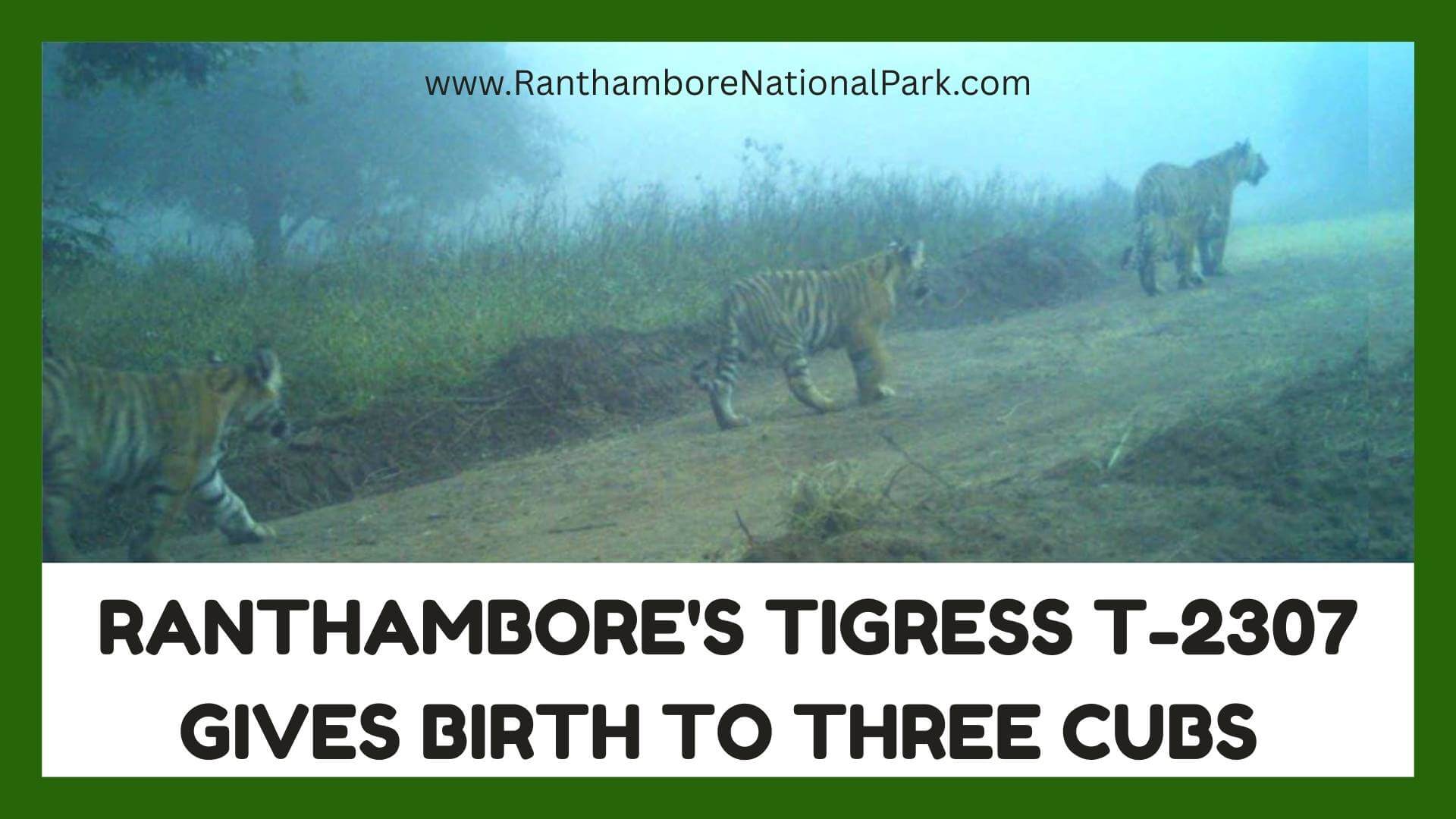

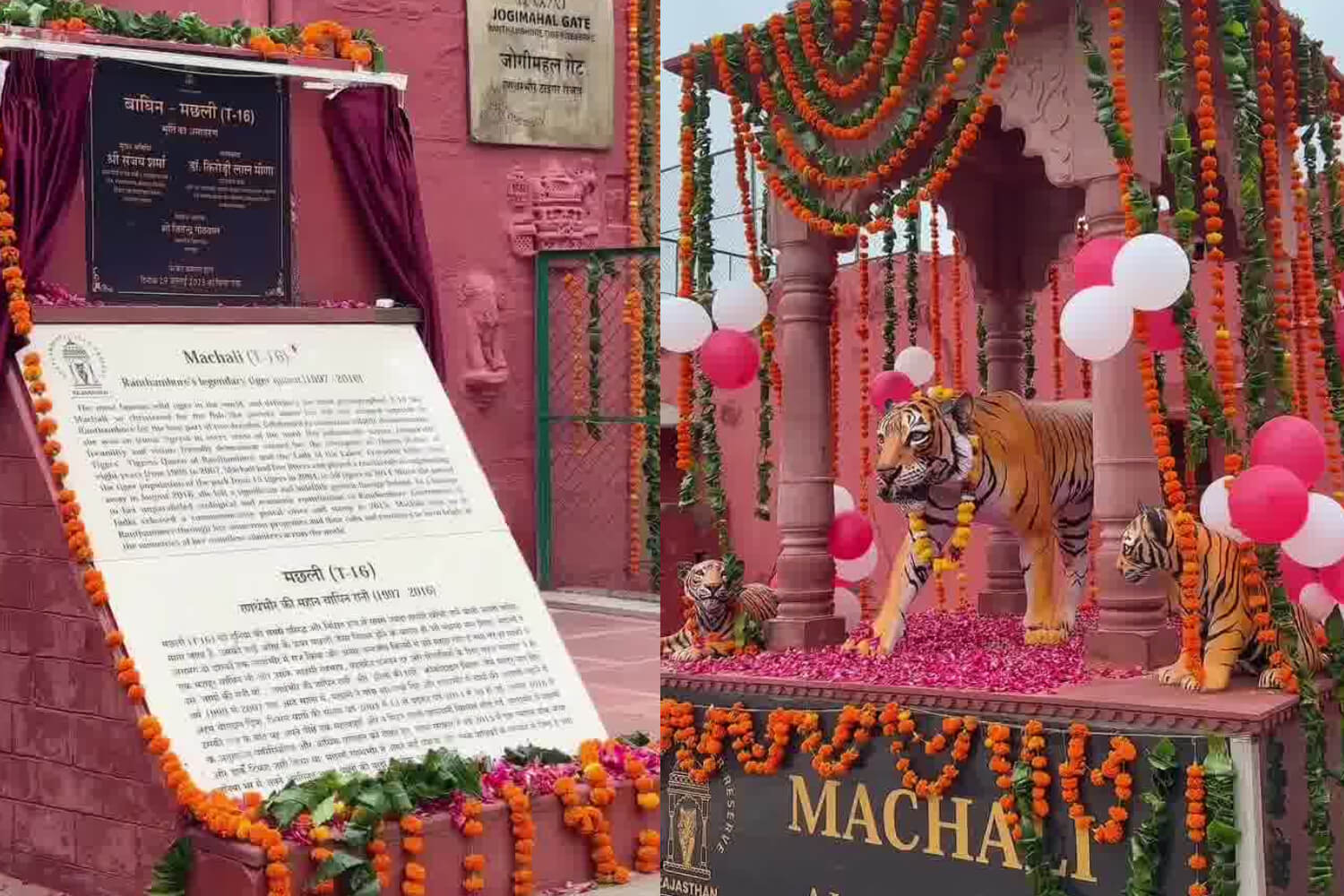




 +91-8744012007
+91-8744012007 Plan Your trip
Plan Your trip